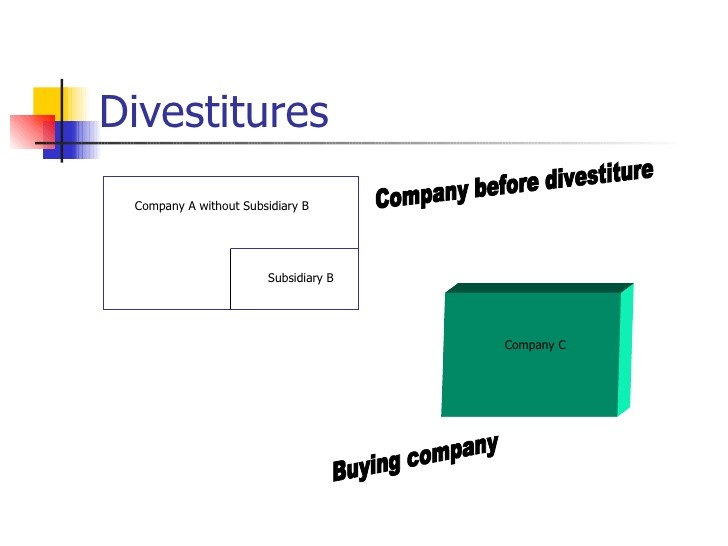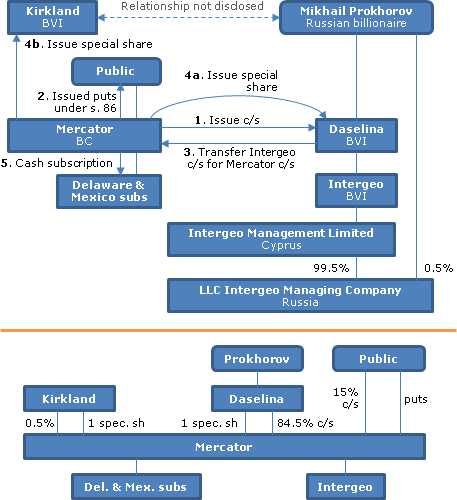TaxFree SpinOffs vs Sale of Subsidiaries
Post on: 5 Июль, 2015 No Comment

Looking at Two Ways a Business Can Divest Itself of Assets
Stock spin-offs have historically been great sources of wealth creations for shareholders. They happen when a company divests itself of a subsidiary or business, giving shares to their stockholders based on a predetermined formula. In some cases, investors have grown rich from companies that are now bankrupt but that had very successful spin-offs along the way. DNY59 / E+ / Getty Images
A reader recently wrote me asking about the difference between a tax-free spin off and a sale of division or subsidiary. “What’s the difference and which is better for me as a stockholder?”, they wanted to know. The answer is important for your investment portfolio and can help you evaluate whether you are dealing with shareholder friendly management .
What Is a Tax-Free Spin-Off and Why Does It Happen?
Let’s say you owned 5,000 shares of stock in Acme Power & Light Company. For some reason, this particular utility also owns a tiny chain of jewelry stores (this sort of thing happens — insurance company AIG owns a ski resort!). The Power & Light CEO talks to the Board of Directors and says, This has nothing to do with our business. We can’t focus on generating electricity if we have to monitor inventory levels at the jewelry store. We can either sell it or set up a tax-free spin-off to our stockholders but I’m tired of dealing with the subsidiary. It has to go.
If the utility company decided to sell the subsidiary, it could go to someone like Warren Buffett, who would typically buy the business for cash. The problem is, the IRS will charge the utility company a capital gains tax on the sale of the business if it has appreciated in value. If the subsidiary has been part of the corporation for very long, it has almost certainly increased in value over the holding period. With most companies in the 35% tax bracket, it means that the management will only receive about 65% of what the subsidiary is worth on an after-tax basis.
If the utility company decided to issue a tax-free spin off to the stockholders, it would instead incorporate the jewelry store as its own, stand-alone business, give it a new CEO, its own Board of Directors, corporate offices, etc. It would print up stock certificates and, in many cases, distribute them to the existing stockholders of the Power & Light company on a pro-rata basis. If you owned 5% of the utility company stock, you would receive 5% of the total stock in the new jewelry store.

In some cases, the company will have an IPO for the subsidiary first, selling a set percentage to the public — say, 10% or 20% of the shares — and then spin-off the remaining stock to its stockholders. When Philip Morris spun-off Kraft Foods a couple of decades ago, this was the route it chose to take.
What Are the Benefits of a Tax-Free Spin-Off Compared to an Outright Sale of a Subsidary?
Why should you, as a stockholder, prefer the tax free spin-off? Here are three reasons:
Most of the time, tax-free spin-offs really are win-win situations for everyone involved. There have been several historical cases of once-small subsidiaries being spun-off and going on to grow so quickly, they dwarf the former parent company, enriching the original shareholders.














